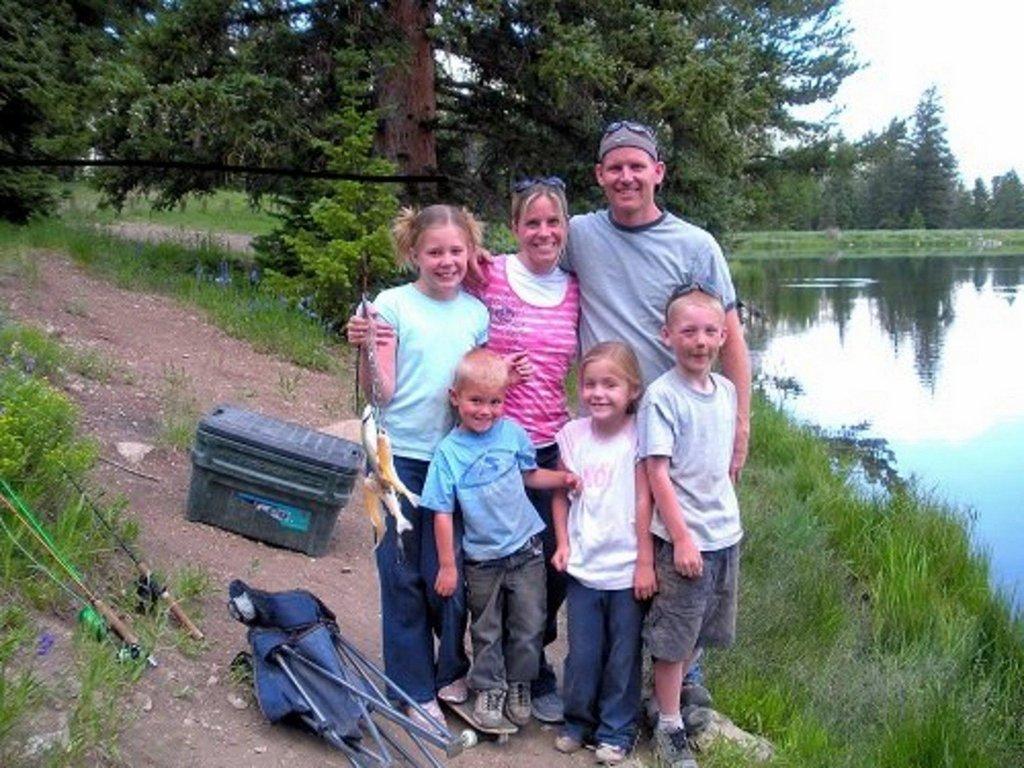You might be allowed to have more fish in your freezer next year. And you might not be required to eat fish you catch at waters that have catch-and-kill regulations.
Those changes are among several fishing changes Division of Wildlife Resources biologists are proposing for Utah’s 2014 fishing season.
All of the regulations the DWR is proposing are available at https://go.usa.gov/DCwB or www.wildlife.utah.gov/dwr/hunting/board-rac/459-rac-and-board-meeting-agendas-materials-and-minutes.html.
After reviewing the proposed changes, you can share your ideas with biologists at public meetings in September.
Drew Cushing, warm water sport fisheries coordinator for the DWR, encourages you to attend your regional meeting and share your ideas. “Utah’s fishing waters belong to you,” Cushing says. “We want you to speak up, and let us know what you think about the job we’re doing and our ideas for 2014.”
Learn more, share your ideas
After you’ve reviewed the ideas, you can let your Regional Advisory Council members know your thoughts by attending your upcoming RAC meeting or by sending an e-mail to them.
RAC chairmen will share the input they receive with members of the Utah Wildlife Board. The board will meet in Salt Lake City on Nov. 7 to approve rules for Utah’s 2014 fishing season.
Dates, times and locations for the RAC meetings are as follows:
Southern Region
Sept. 10
7 p.m.
Richfield High School
510 W. 100 S.
Richfield
Southeastern Region
Sept. 11
6:30 p.m.
John Wesley Powell Museum
1765 E. Main St.
Green River
Northeastern Region
Sept. 12
6 p.m.
DWR Northeastern Region Office
318 N. Vernal Ave.
Vernal
Central Region
Sept. 17
6:30 p.m.
* Location to be determined
Northern Region
Sept. 18
6 p.m.
Brigham City Community Center
24 N. 300 W.
Brigham City
You can also provide your comments to your RAC via email. Email addresses for your RAC members are available at https://wildlife.utah.gov/dwr/rac-members.html.
The group each RAC member represents (sportsman, non-consumptive, etc.) is listed under each person’s email address. You should direct your email to the people on the RAC who represent your interest.
Proposed fishing changes
The following are among the biologists’ recommendations for 2014:
· Increase the number of fish an angler can have in his or her possession.
Currently, the daily bag limit and the possession limit are the same. For example, if you catch four trout (the daily limit at most waters in Utah) and then put them in your freezer at home, you can’t catch and keep any more trout until you’ve eaten at least one of the fish. If you eat one fish, you can go out and catch one more. If you eat two fish, you can go out and catch two more. If you eat all four fish, you can go out and catch another four-trout limit.
For 2014, DWR biologists are recommending that the possession limit be twice the daily limit at most of Utah’s fishing waters. Cushing says increasing the possession limit might encourage anglers to travel and fish waters that are farther from their homes.
“Having a possession limit that’s twice the daily bag limit would allow you to stay an extra day and fish,” he says. “You could catch your daily limit one day, and then go out the next day and catch one more limit. That extra day of fishing might be the incentive you need to travel to some distant waters to fish.”
Biologists are not recommending a change in the possession limit at Strawberry or Flaming Gorge reservoirs. If you had a limit of fish at home, you could not fish these waters until you’d eaten at least one of the fish.
· Remove the requirement that anglers eat fish they catch at catch-and-kill waters.
A total of 10 waters in Utah have catch-and-kill regulations. The regulations require anglers to kill certain species of fish if they catch those fish at the waters.
(The catch-and-kill regulation is a tool that helps biologists better control fish that have been stocked into waters illegally.)
Currently, Utah also has a regulation that does not allow fish to be “wasted.” “You must eat the fish you keep,” Cushing says.
Biologists are recommending that the “wasting” rule be eliminated at catch-and-kill waters. They’re also recommending that the wasting rule not apply to common carp, no matter where in the state the carp were caught.
Cushing encourages you to eat the fish you catch at catch-and-kill waters. “But we don’t want to require anglers to consume fish that the law forces them to kill,” he says. “This change would allow you to decide for yourself whether you want to eat the fish.”
If you decided not to eat the fish, you could kill it and then return it to the water or dispose of it in a fish-cleaning station, a garbage can, a landfill or a dumpster.


